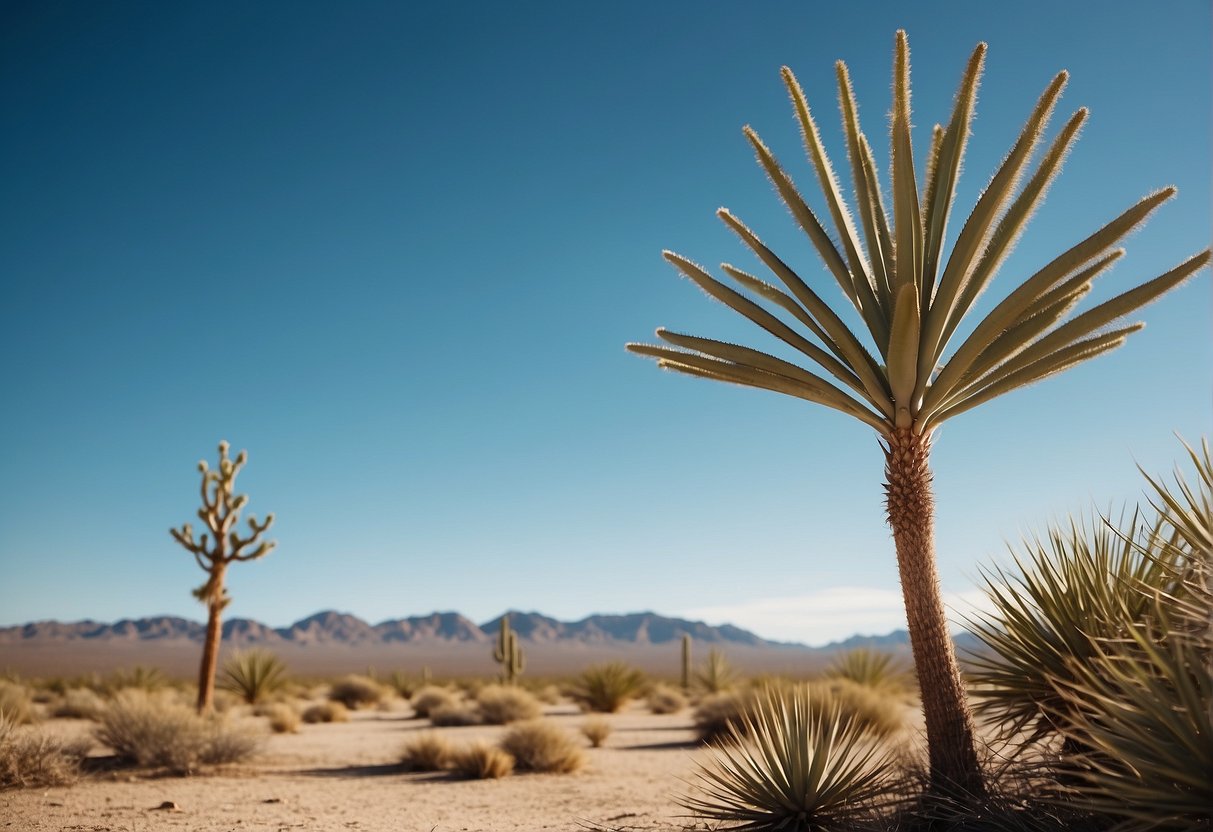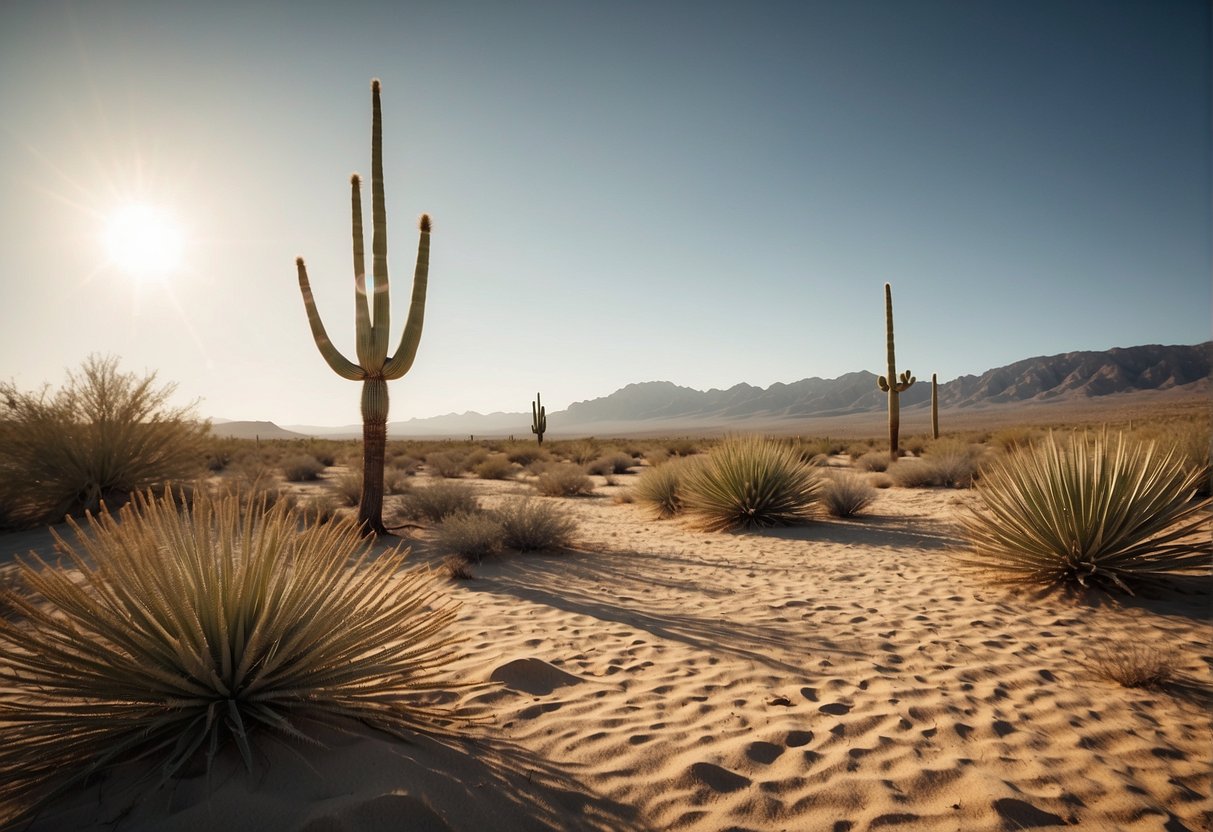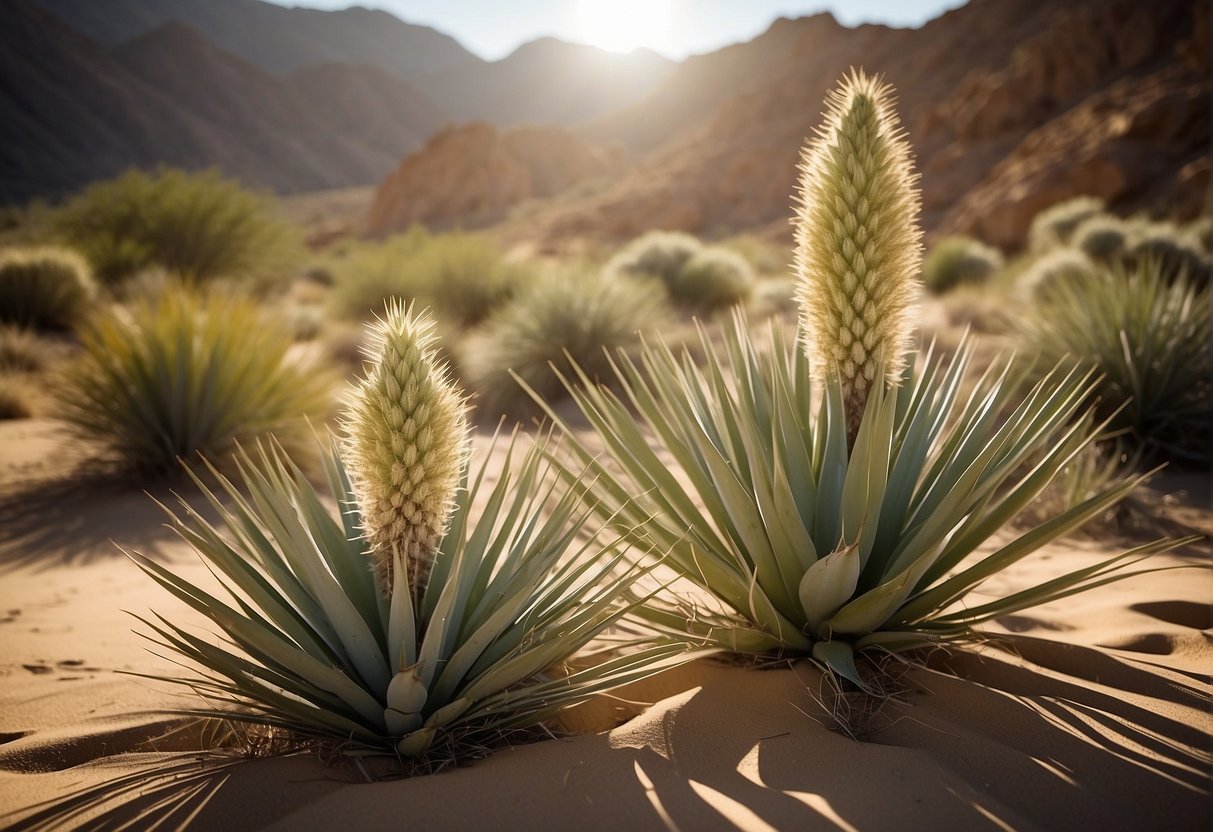If you’re curious about the climate zone typified by the presence of yucca plants, it’s probable that you have an interest in either growing or merely appreciating these distinctive plants. Renowned for their striking leaves and robust disposition, yucca plants are a favored option for residential gardens and landscape design. Nevertheless, yucca plants don’t thrive in every climate zone, and recognizing the environment they flourish in is crucial for their well-being.

Yucca plants are native to arid regions of North and Central America, where they have adapted to thrive in hot, dry climates. As such, they are typically found in regions with low rainfall and high temperatures, such as deserts and grasslands. If you live in a climate zone that is characterized by these conditions, you may be able to successfully grow yucca plants in your garden. However, if you live in a region with cooler temperatures or higher rainfall, you may need to take extra care to ensure your yucca plants thrive.
Key Takeaways
- Yucca plants are native to arid regions of North and Central America.
- They prefer hot, dry climates with low rainfall.
- If you live in a cooler or wetter climate, you may need to take extra care to grow yucca plants successfully.
Characteristics of Yucca Plant Habitats

Yucca plants are a popular choice for gardens and landscapes due to their unique appearance and drought-tolerant nature. However, to ensure their successful growth, it is essential to understand their habitat requirements.
Soil and Sunlight Requirements
Yucca plants thrive in full sun and well-draining soil. They prefer sandy soil with low fertility and are tolerant of drought conditions. If you are planting yucca in your garden, make sure the soil is well-draining to prevent waterlogging.
Yucca Species and Their Climate Zones
Different yucca species have varying climate zone requirements. For instance, the Yucca brevifolia (Joshua tree) is native to the Mojave Desert and can tolerate USDA zones 6-9. On the other hand, the Yucca gloriosa (Spanish dagger) is native to the southeastern United States and can grow in USDA zones 6-11.
When choosing a yucca species for your garden, consider your microclimate and the plant’s native climate zone. This will help ensure that the plant thrives in your garden.
In garden design, yucca plants are often used as focal points due to their striking appearance. They can also be used to create a desert-themed landscape or as a backdrop for other plants.
In summary, yucca plants require full sun, well-draining soil, and are drought-tolerant. Different yucca species have varying climate zone requirements, so it is important to choose a species that is suited to your garden’s microclimate. With the right conditions, yucca plants can add a unique and striking element to your garden design.
Cultivation and Care for Yucca Plants

Yucca plants are a popular choice for gardens and landscaping due to their unique appearance and hardiness. They can be found in a variety of climate zones, but are most commonly associated with the arid regions of the Southwest United States. One of the most recognizable features of yucca plants are their sword-shaped leaves and bell-shaped flowers, which are often pollinated by moths.
Watering and Maintenance
Yucca plants are succulents and as such, require minimal watering. It is important to ensure that the soil is well-draining and that the plant is not sitting in standing water, as this can lead to root rot. Mulch can be used to help retain moisture and regulate temperature around the plant. Yucca plants are generally low-maintenance, but pruning may be necessary to remove dead or damaged leaves.
Propagation and Common Issues
Yucca plants can be propagated through offsets or seed. Offsets are small plantlets that grow from the base of the parent plant and can be separated and replanted. Seeds can be collected from the flower spikes of mature plants. Common issues with yucca plants include pests such as scale and spider mites, as well as fungal infections. Proper watering and maintenance can help prevent these issues.
There are many types of yucca plants, each with their own unique characteristics. Some popular varieties include Yucca filamentosa, also known as Adam’s needle, Yucca gloriosa ‘Bright Star’, which has variegated foliage, and Yucca baccata, or banana yucca. Yucca plants can be used in a variety of landscaping styles, from the rosette form of Yucca aloifolia to the spineless Yucca elephantipes.
In addition to their decorative appeal, yucca plants have a variety of uses. The roots of some species can be used to make soap, while the starch from the roots can be used as a food source. Yucca extracts are also used in personal care products for their anti-inflammatory properties.
Overall, yucca plants are a versatile and hardy addition to any garden or landscape. With proper care and maintenance, they can thrive in a variety of climate zones and add texture and diversity to your outdoor space.
Frequently Asked Questions
What are the ideal growing conditions for yucca plants?
Yucca plants thrive in warm, arid climates and prefer well-draining soil. They require plenty of sunlight and can tolerate drought conditions. Yucca plants can also grow in sandy or rocky soil, making them ideal for desert landscapes.
How do yucca plants fare in colder climates?
Most yucca plants are not well-suited for cold climates and can suffer damage or die in freezing temperatures. However, some species, such as the Yucca filamentosa, are hardier and can withstand temperatures as low as -20°F.
What are the care requirements for yucca plants outdoors?
Yucca plants require minimal care once established. They do not need frequent watering and can tolerate periods of drought. Pruning dead or damaged leaves can help promote new growth. Fertilizer is not necessary but can be applied sparingly in the spring.
Can yucca plants survive in low-temperature zones?
Yucca plants are not typically recommended for low-temperature zones, as most species are not hardy enough to survive prolonged periods of freezing temperatures. However, some hardier species can be grown in these zones with proper protection and care.
What problems can outdoor yucca plants encounter?
Outdoor yucca plants can encounter issues with pests such as spider mites and scale insects. Overwatering can lead to root rot, while too little water can cause the leaves to turn brown and dry out. In colder climates, yucca plants can suffer damage from frost and snow.
How does climate affect the growth of different yucca species?
Different yucca species have adapted to thrive in different climates, from the hot, arid deserts of the Southwest United States to the cooler, wetter regions of the Southeast. Some species, such as the Yucca gloriosa, can tolerate more moisture and shade, while others, such as the Yucca brevifolia, require full sun and dry soil to thrive.














